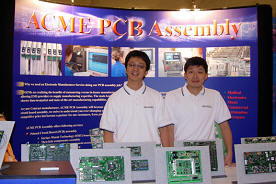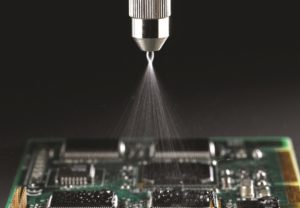What’s the Difference and When Do You Need Both?
When it comes to producing electronic devices, PCB assembly and box build are two essential processes that play different but complementary roles in bringing products to life. While many people are familiar with PCB assembly — where components are mounted on a printed circuit board — box build assembly takes it a step further by creating the finished product that’s ready for market.
If you’re wondering what separates a box build from PCB assembly, and when you need both services, this guide will break it down in simple terms.
What Is PCB Assembly?
PCB assembly (Printed Circuit Board Assembly) is the process of placing and soldering electronic components like resistors, capacitors, ICs, and connectors onto a bare circuit board. This process can involve surface mount technology (SMT), through-hole technology, or a combination of both.
In short, PCB assembly focuses on the brain of the device — the electronic board that powers everything.
Key steps in PCB assembly include:
- Solder paste application
- Pick and place of components
- Reflow soldering or wave soldering
- Inspection and testing
PCB assembly is essential for any electronic device but does not complete the final product — that’s where box build comes in.
What Is a Box Build?
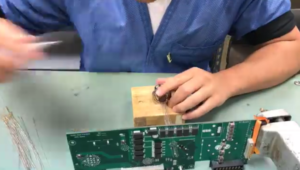 A box build (also known as system integration or electronic box build assembly) involves assembling all the necessary components — including the PCB — into a finished, fully functional product.
A box build (also known as system integration or electronic box build assembly) involves assembling all the necessary components — including the PCB — into a finished, fully functional product.
Think of box build as the final stage of electronic manufacturing. Once your PCB is assembled, tested, and functioning, box build assembly packages everything into its enclosure, adds wiring, and includes other mechanical and electrical parts.
Key elements of box build assembly include:
- Enclosure assembly (metal, plastic, custom housing)
- Mounting of PCBs, displays, switches, and other modules
- Wiring and cable harness assembly
- Installing connectors, power supplies, fans, and other accessories
- Full system testing and verification
For more about box build services, check out https://boardassembly.com/box-builds/.
Box Build vs. PCB Assembly: What’s the Difference?
| Feature | PCB Assembly | Box Build Assembly |
|---|---|---|
| Focus | Assembling components on a circuit board | Assembling final product including PCB |
| Includes | Only the electronic board and components | PCB + wiring, housing, connectors, and more |
| End Result | A working circuit board | Fully assembled, ready-to-use product |
| Additional Work | No enclosures, no system integration | Full system integration, packaging, labeling |
| Testing | PCB-level electrical tests | System-level testing to verify total function |
When Do You Need Both PCB Assembly and Box Build?
Most finished electronic products require both PCB assembly and box build to be market-ready. If you are producing any of the following, you will likely need both services:
- Consumer electronics (smart devices, home gadgets)
- Medical devices (monitors, diagnostic tools)
- Industrial equipment (control panels, automation systems)
- Telecommunication devices (routers, communication boxes)
- IoT devices (smart sensors, connected devices)
Here’s when both services are essential:
- Product Readiness: If you want a product ready for sale or shipment — not just a circuit board — you need box build after PCB assembly.
- Complex Wiring Needs: If your device requires wiring, cable assemblies, and mechanical enclosures, a box build is necessary to integrate these parts.
- Testing & Compliance: Final system-level testing (functional tests, safety tests) happens during box build, ensuring the product works as intended before it reaches customers.
Why Work with a Partner Who Offers Both?
Choosing a manufacturing partner like Board Assembly that offers both PCB assembly and box build services can save time, reduce costs, and improve quality control. Here’s why:
- Streamlined communication: Manage one relationship instead of coordinating between separate vendors.
- Faster turnaround: PCB and box build handled under one roof means fewer delays.
- Lower costs: Combined services often mean better pricing on components and assembly.
- Better quality assurance: One team ensures your product is built and tested according to your specifications.
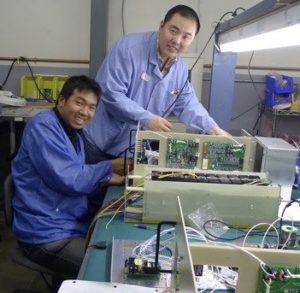 While PCB assembly focuses on building the electronic board, box build assembly brings all components together into a finished, functional product. Most companies need both services to ensure their devices are ready for customers.
While PCB assembly focuses on building the electronic board, box build assembly brings all components together into a finished, functional product. Most companies need both services to ensure their devices are ready for customers.
If you’re looking for a reliable partner for box builds and PCB assembly, Board Assembly has the expertise to handle your project from start to finish — simplifying your production process and delivering high-quality results.
Contact Us to Learn More
➡️ Ready to start your next electronic box build or PCB assembly project? Contact Board Assembly today to discuss how we can help streamline your manufacturing and bring your product to life!
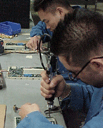
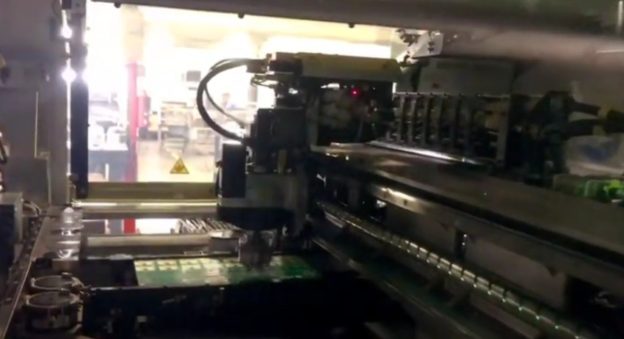
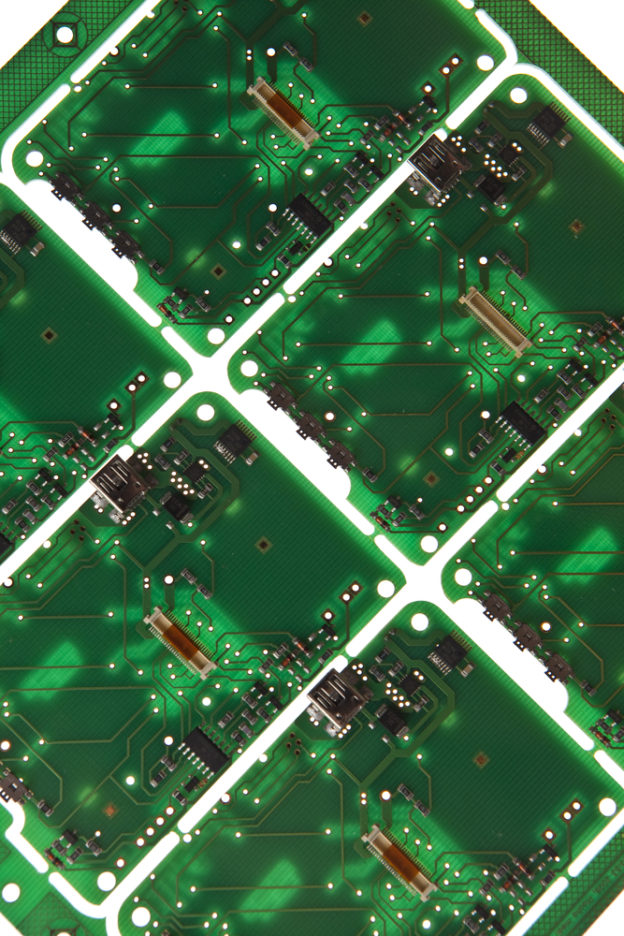
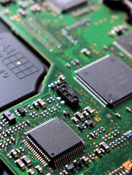 Every industry has its established lingo, which helps its members communicate more efficiently. If you are on the outside looking in, however, it can seem like they are speaking a foreign tongue. This becomes a problem when you need to work with vendors on ordering printed circuit boards for your device or your prototype. If you’ve gotten lost while trying to speak to your vendor (SMP, SME, SMD?), then you’ve come to the right place. Here is our no-nonsense guide on the most common terms in the printed circuit board industry:
Every industry has its established lingo, which helps its members communicate more efficiently. If you are on the outside looking in, however, it can seem like they are speaking a foreign tongue. This becomes a problem when you need to work with vendors on ordering printed circuit boards for your device or your prototype. If you’ve gotten lost while trying to speak to your vendor (SMP, SME, SMD?), then you’ve come to the right place. Here is our no-nonsense guide on the most common terms in the printed circuit board industry: